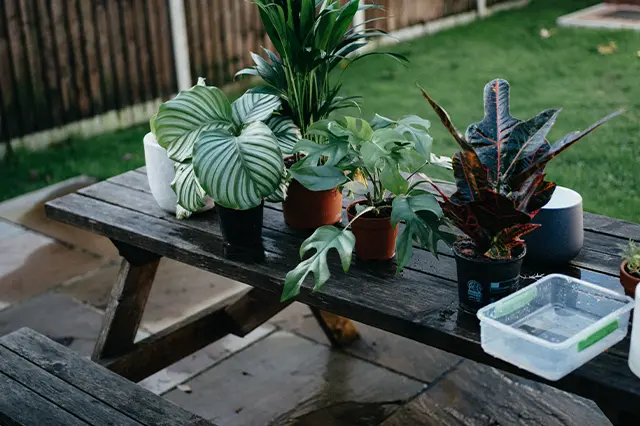
Fertilizing Your Lawn: A Comprehensive Guide To Keep It Looking Its Best
Green, lush lawns not only add beauty to our homes but also provide us with a great place to relax and enjoy nature. But maintaining a healthy lawn can be hard work. Fertilizing your lawn is essential for keeping it looking its best, yet many of us do not know how or when to fertilize. Fortunately, fertilizing your lawn does not have to be complicated or time-consuming. In this blog post, we will break down the basics of fertilization so you can have a beautiful and healthy lawn in no time! From understanding the different types of fertilizer available to knowing when and how often to apply it, this guide will provide you with all the information you need to keep your lawn looking its best.
Why fertilize your lawn?
Fertilizing your lawn is one of the most important aspects of lawn care. A healthy lawn is able to withstand disease, pests, and extreme weather conditions better than an unhealthy lawn. Fertilizing your lawn also helps it to resist droughts and maintain its color.
When to fertilize your lawn?
The best time to fertilize your lawn is in the early spring and fall. However, you can also fertilizer during the summer if needed. The key is to not over-fertilize, which can damage your lawn. Be sure to read the directions on your fertilizer and follow them closely to avoid over-fertilizing.
What type of fertilizer should you use?
When it comes to lawn fertilizer, there are many different types to choose from. However, not all fertilizers are created equal. Some are better suited for certain types of grasses and soil than others. So, how do you know which one is right for your lawn?
The first step is to test your soil. This will give you an idea of what nutrients it is lacking and what type of fertilizer you should use to replenish them. Many garden centers or county extension offices offer soil testing services.
Once you know what nutrients your soil is lacking, you can select a fertilizer that contains those nutrients. For example, if your soil is low in nitrogen, you would want to use a fertilizer that is high in nitrogen. There are also all-purpose fertilizers that contain a balance of all the essential nutrients.
When applying fertilizer to your lawn, be sure to follow the directions on the label carefully. Over-fertilizing can actually damage your grass and make it more susceptible to disease and pests.
How to apply fertilizer to your lawn?
Applying fertilizer to your lawn is not as difficult as it may seem. With a little time and effort, you can have a healthy and green lawn that will be the envy of the neighborhood. Here are some tips on how to apply fertilizer to your lawn:
1. The first step is to choose the right fertilizer for your lawn. There are many different types of fertilizer available, so it is important to select one that is specifically designed for your type of grass. If you are unsure about which fertilizer to use, ask a professional at your local nursery or garden center.
2. Once you have selected the fertilizer, read the manufacturer’s instructions carefully before applying it to your lawn. This will ensure that you apply the fertilizer correctly and avoid any damage to your grass.
3. When applying fertilizer, be sure to follow the recommended application rates listed on the package. Over-fertilizing can damage your grass and make it more susceptible to disease.
4. It is best to apply fertilizer when the grass is dry, so be sure to water your lawn thoroughly before applying the fertilizer.
5. To distribute the fertilizer evenly, use a broadcast spreader or drop spreader. Be sure to avoid spreading too much fertilizer in one area, as this can cause “hot spots” where the grass turns yellow or brown from too much nutrients. Instead, make several passes over the lawn with the spreader set at half-rate or lower until the entire lawn is covered.
6. After applying the fertilizer, water your lawn to help it soak in and activate the fertilizer. However, avoid over-watering, as this can wash away the nutrients.
7. Lastly, be sure to clean up any leftover fertilizer on pathways or driveways to prevent damage to surrounding plants or animals.
Following these steps will help ensure that you apply fertilizer to your lawn correctly. Doing so will help keep your grass healthy and looking its best.
Conclusion
Fertilizing your lawn is an essential part of a regular lawn care regimen that keeps it looking its best. The proper fertilization technique and timing will ensure that your grass remains healthy, vibrant, and full all year round. Furthermore, always be sure to check with your local county for specific instructions on the application of fertilizer in order to adhere to regulations and avoid any potential fines or penalties. All in all, following these guidelines can help you achieve a lush green lawn that you can be proud of!

